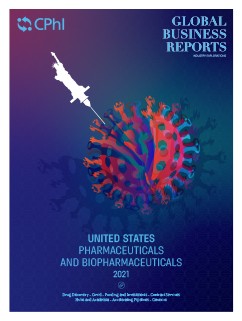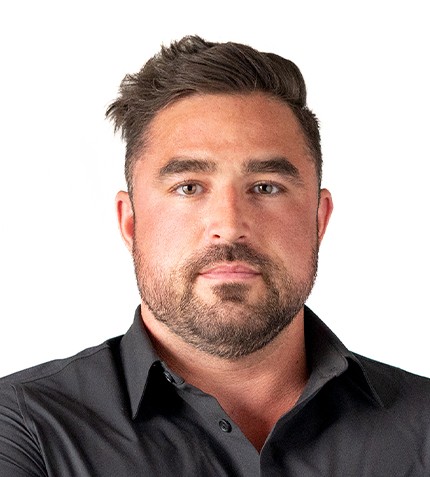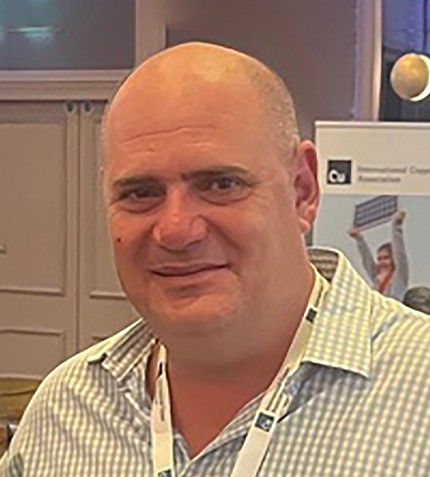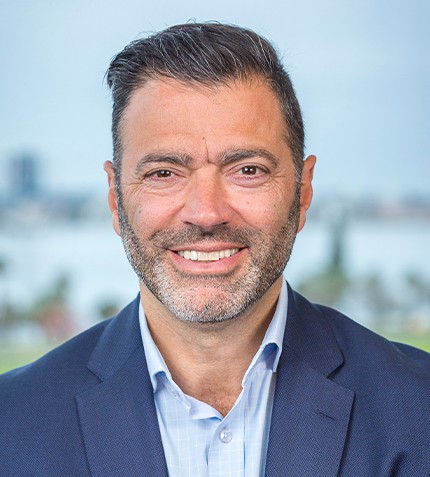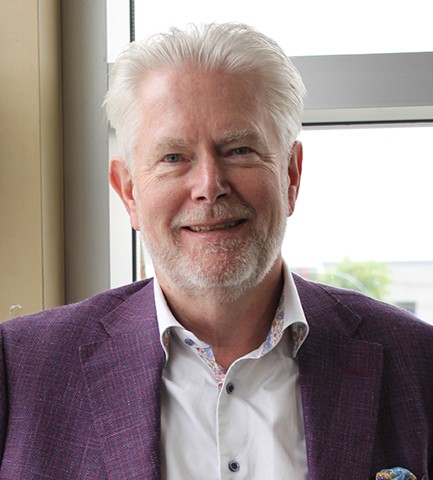
"We created an integrated CRO/CDMO offering that provides a simplified outsourcing solution that reduces complexities, mitigates risk, condenses timelines, ensures quality and enables cost savings in early drug development."
RELATED PUBLICATION
Chris Perkin
CEO, ALTASCIENCES
Can you provide an overview of Altasciences and the role it plays in early-stage drug development?
Altasciences was created as a result of opportunities we identified stemming from the patent cliffs issues big pharma was facing. This created an upsurge in small to midsize biopharma companies working on research and early development. Prior to their arrival, this process was mainly driven by big pharma. They would often acquire companies for their pipeline and take them through early to late-stage development. Upon reflection over core competencies, big pharma decided to focus on late-stage development and rely on smaller biopharma to handle much of the research and early development.
The CRO industry does not change quickly, and we recognized there was a gap in the market. These new biopharma companies were often semi virtual and typically light on infrastructure and personnel, so we figured there must be an opportunity to build a drug development solution platform that would comprise all the pieces these companies would need to progress their lead candidates through to clinical proof of concept. Our philosophy is to have multiple points of entry, but a single coordinated response. We created an integrated CRO/CDMO offering that provides a simplified outsourcing solution with a proactive approach that reduces complexities, mitigates risk, condenses timelines, ensures quality and enables cost savings in early drug development.
Now that we have been acquired by Novo Holdings, even more expansion and growth is being planned. Our next step is to take this model to Europe.
In the past two years, Altasciences acquired Alliance Contract Pharma, WCCT Global and Calvert Labs. How do these deals boost the overall capabilities of the organization?
The first benefit of the Calvert Labs and WCCT acquisitions is they enhance our growth and geography within North America. We now have a large East and West Coast presence, which allows us to offer both preclinical and clinical solutions coast to coast.
The addition of Alliance Contract Pharma was about wanting to add CDMO services.
What does the new paradigm for drug development outsourcing look like for Altasciences?
There is no end in sight for the wave of new developments that are taking place now in providing new options for patients. New technologies are emerging and COVID has shown that you can accelerate adoption of these technologies without compromising quality or increasing risk. We are seeing that you do not have to go through the traditional stepwise approach. That is going to change the way we develop new drugs and if you change the strategy, there is an opportunity for what we are offering, which is to reduce overall development time with a single outsourcing solution. The key is getting into early patients as quickly and safely as possible. These new drugs are often presenting novel modes of activity that are very different from what we have seen traditionally. We are not seeing the large late stage clinical CROs actively growing their early stage clinical services. Consequently, we are seeing more of the large CROs outsource their complex early clinical studies and my opinion is that this is a trend that will continue. Our goal is to be a key provider of early drug development services to both biopharmaceutical clients and larger clinical CROs. We have no intention of entering the late stage clinical development market.
The best way to reduce timelines and complications is by gaining control over the whole drug development process. Altasciences is doing just that by integrating services from lead candidate selection to clinical proof of concept (and beyond) under one CRO/CDMO. With early drug development managed by one partner, development activities can occur in parallel rather than sequentially. The result is a proactive, quicker and more agile drug development journey designed to minimize hand-offs, facilitate communication, shorten timelines and reduce costs for sponsors.
At Altasciences, we provide our clients with clear, customized roadmaps, supported by our real-time data generation, proprietary communication platforms, central program management, and scheduling.
This proactive drug development approach is based on three core pillars: Tell Us Once™, A.T.L.A.S.™, and our unique organizational structure. Together, these pillars translate into a results-driven exchange of information and reduced drug development timelines and cost savings of up to 25%.




